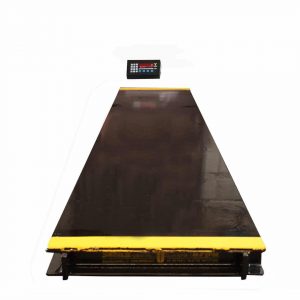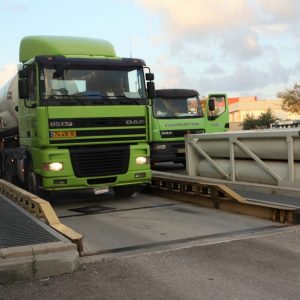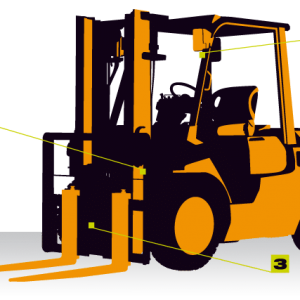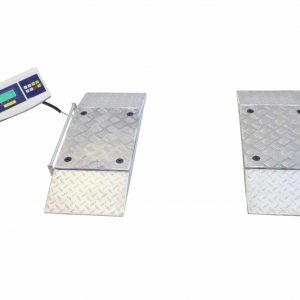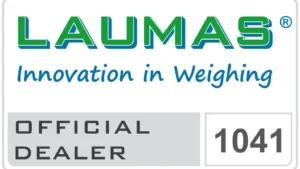Weighing Trucks and Vehicles
Vehicle weighing is performed using specialized scales. There are three main methods for weighing vehicles: weighbridges, axle scales, and wheel scales.
**Legal Framework in Israel**
The law in Israel permits only weighbridges for commercial use.
### **Weighbridge Scales**
Weighbridge scales weigh the entire truck at once. They are available in configurations based on two primary characteristics:
1. **Scale Length**
– A **9-meter** scale is sufficient for standard trucks.
– An **18-meter** scale is required for semi-trailers and full trailers.
– To determine the appropriate size, measure the distance from the front axle’s edge to the rear axle’s edge.
2. **Surface-Mounted or Pit-Mounted**
– **Surface-Mounted Weighbridge:** Installed above ground and protrudes about 45 cm above the surface. Trucks access the scale via a ramp.
– **Pit-Mounted Weighbridge:** Installed in a pit, flush with the road, allowing trucks to drive on without ramps.
Surface-mounted scales are easier and cheaper to install and maintain since no excavation or concrete pit is needed. However, they require a straight, level area before and after the scale for trucks to access. For example, an 18-meter surface-mounted scale requires a straight area of 54 meters by 3.5 meters.
—
### **Axle Scales**
Axle scales allow weighing individual truck axles. Typically, these scales are paired with software that collects weight data for each axle and calculates the total weight. Axle scales are commonly used to prevent overloading in trucks.
—
### **Wheel Scales**
Wheel scales, also known as pad scales, are mainly used by organizations requiring occasional weighing or for weighing non-motorized vehicles, frames, or aircraft. The scales are placed directly next to the wheels, and the vehicle or object is pushed or pulled onto the scale.
Wheel scales are often used in pairs to weigh entire axles at once. This provides a quick and flexible solution for temporary or specialized weighing needs.
Showing all 8 results


